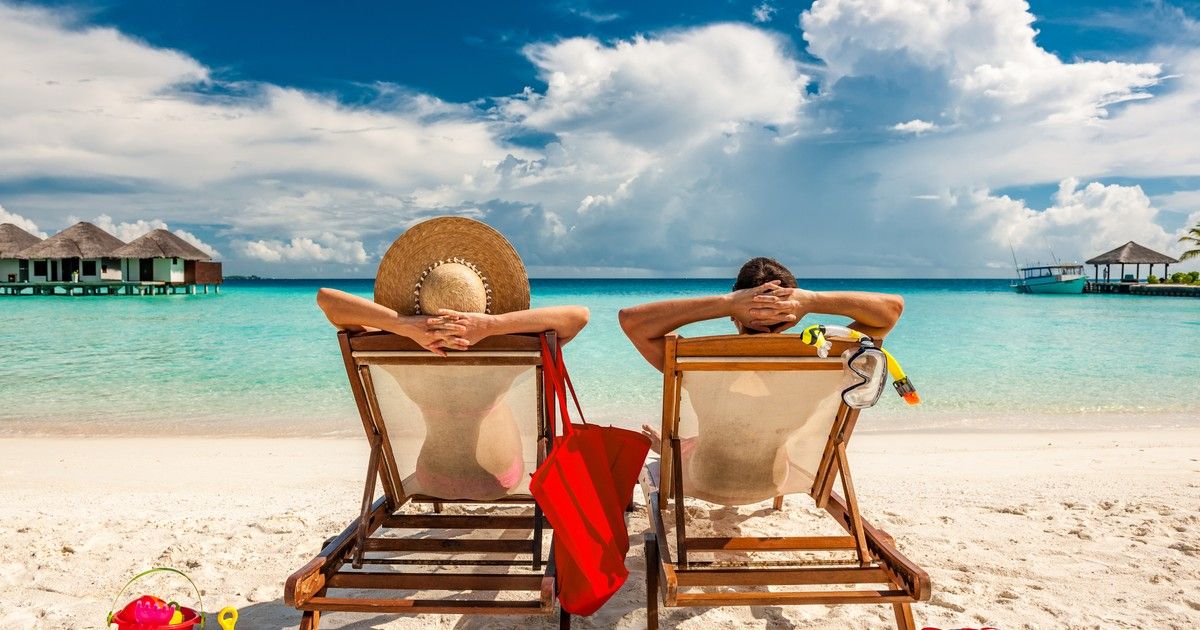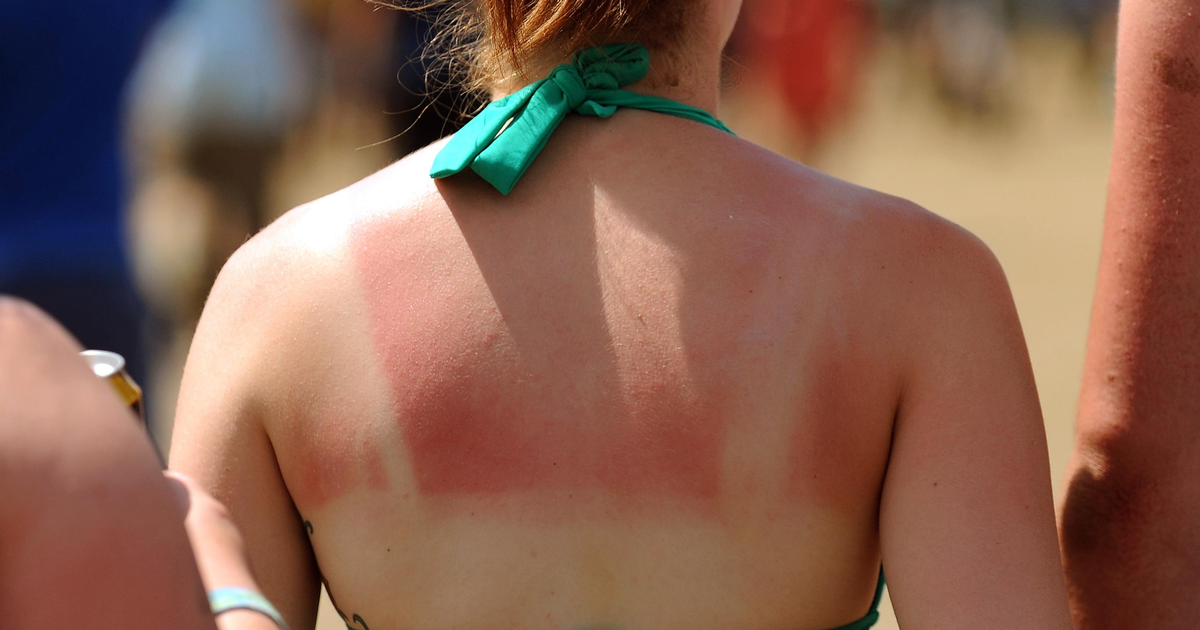How To Properly Prevent, Treat, And Heal A Sunburn
Sunny days and leisure time lead many to choose outdoor activities for a day's rest and relaxation. They go for long walks, visit the beach and go swimming, biking, rollerblading, canoeing and kayaking. However, countless individuals forget to do the simplest thing possible to make sure their day ends happily rather than painfully: apply sunscreen. It is important to practice appropriate sun safety because excessive sun exposure can not only cause a sunburn, but also increase the risk of lasting skin damage and health issues such as skin cancer.
What Causes A Sunburn?

A sunburn can occur on any part of exposed skin and can happen on any day, even in winter because of the reflective nature of snow. Likewise, when on the water, the sun's rays can be reflected off the surface of the water. Slop on the sunscreen (preferably thirty SPF or higher). Slap on a hat. These simple practices can prevent sunburn if individuals do them regularly. However, when individuals are on the go, and an opportunity to enjoy the sun with friends comes up, it's sometimes hard to remember to do these things when they are rushing out the door to have some fun.
Low-Level Sunburns

A low-level sunburn can be hard to identify because it does not necessarily, at first, look burnt. The affected skin may look a bit darker, but the burn can take some time to show up. Typically, a burn developed during the day will be most visible by the evening. This level of sunburn may appear simply red and flushed, but more severe sunburns can also have inflammation and blisters. All burns are classified into three degrees of burn.
A first-degree burn is one that only affects the top layer of the skin known as the epidermis. It will typically look a little pink and might feel a tiny bit tender. This type of burn can be treated by applying ointment to help the skin heal, which should take a little under a week.
